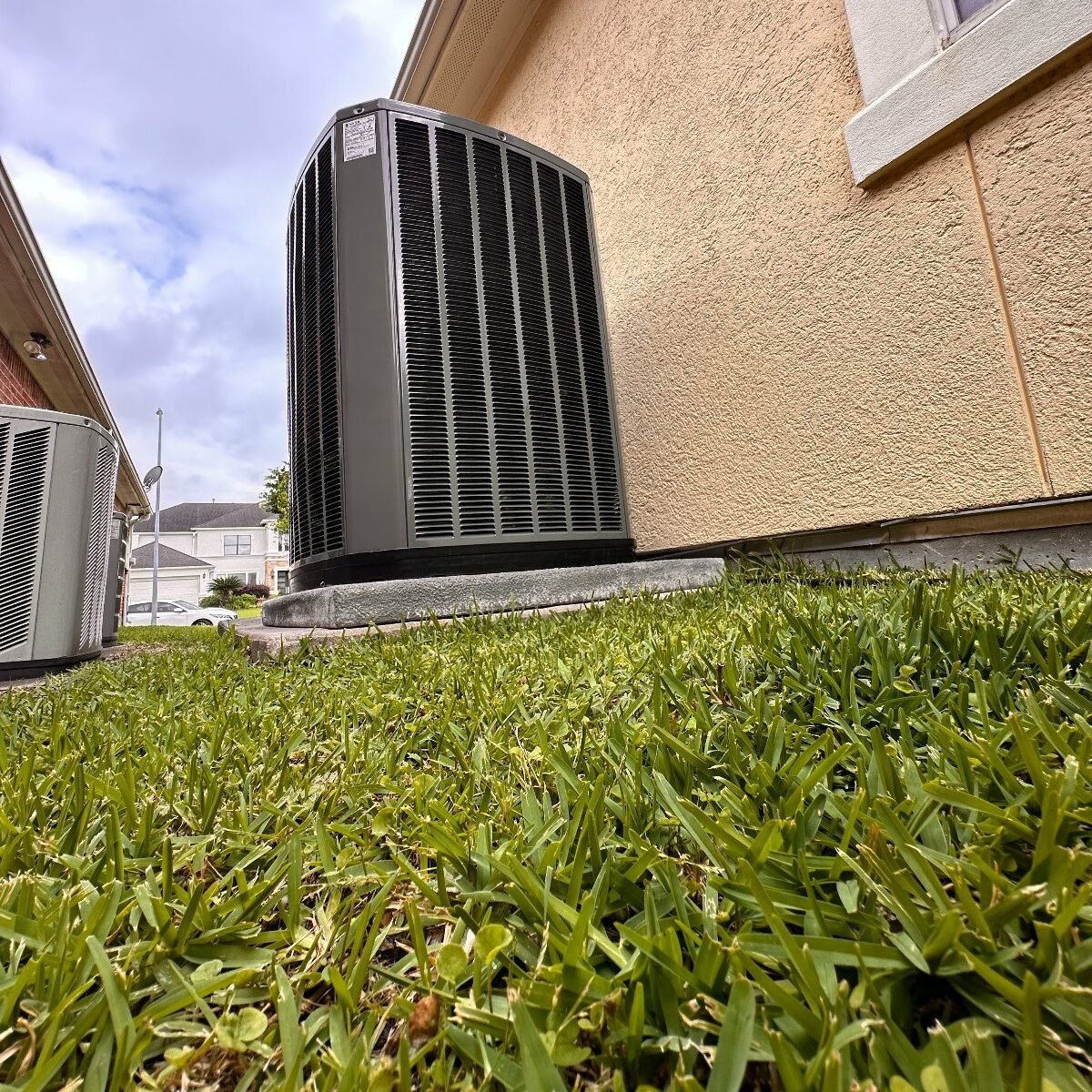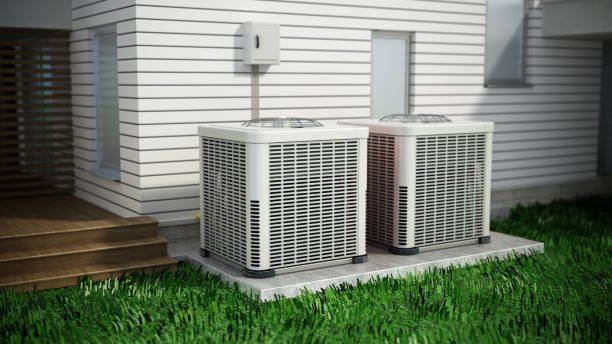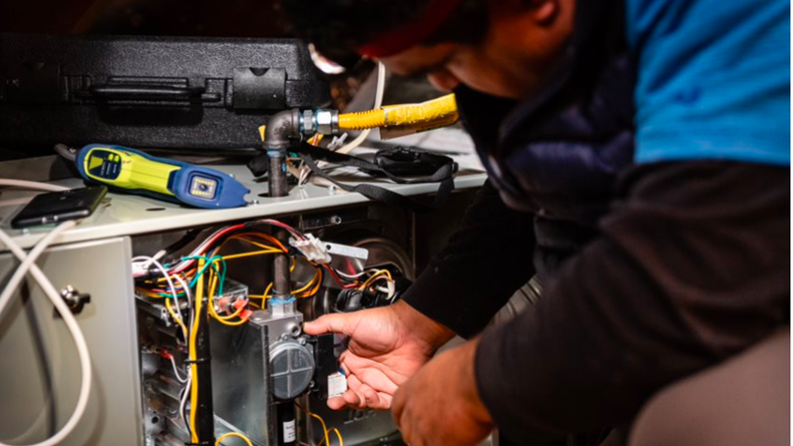Your air conditioning system plays a vital role in maintaining a cool and comfortable home environment during the scorching summer months. But how much do you know about the inner workings of this essential appliance? Understanding the different parts of your AC system and their functions empowers you to troubleshoot minor issues and appreciate the technology that keeps you cool.
An air conditioner functions like a complex team, with each component contributing to the cooling process. Let’s delve into the key players:

The Essential Players in Your Air Conditioning System:
● The Thermostat: This is your control center, allowing you to set the desired temperature for your home. It constantly monitors the indoor air temperature and signals the system to turn on or off when needed.
● The Air Filter: This acts as the first line of defense, capturing dust, pollen, and other airborne particles before they enter the system and potentially damage components or reduce efficiency. Regular cleaning or replacement of the air filter is crucial for optimal performance.
● The Blower Fan: This fan plays a vital role in circulating air throughout your home. It pulls warm indoor air through the return vents and pushes cooled air back out through the supply vents.
● The Evaporator Coil: Located in the indoor unit, this coil is filled with a refrigerant. As warm air passes over the evaporator coil, the refrigerant absorbs the heat, causing the air to cool down. This cool air is then circulated throughout your home by the blower fan.
● The Compressor: Often referred to as the “heart” of the AC system, the compressor is a powerful pump that pressurizes the refrigerant. This pressurization process increases the refrigerant’s temperature.
● The Condenser Coil: Located in the outdoor unit, this coil is exposed to the outside air. The hot, pressurized refrigerant from the compressor flows through the condenser coil, releasing the heat it absorbed earlier into the surrounding environment. A condenser fan helps circulate air around the coil, facilitating heat dissipation.
● The Expansion Valve: This valve controls the flow of refrigerant into the evaporator coil. As the high-pressure refrigerant passes through the expansion valve, it experiences a sudden drop in pressure, causing it to expand and become colder. This colder refrigerant is then ready to absorb heat again in the evaporator coil.
The Cooling Cycle: Teamwork in Action:
Now that you know the key players, let’s explore how they work together to keep your home cool:
● Warm air is drawn in: Your thermostat detects that the indoor temperature has risen above your desired setting. It signals the system to turn on, and the blower fan begins drawing warm air from your home through the return vents.
● Heat is absorbed: The warm air passes over the evaporator coil, where the refrigerant absorbs the heat, causing the air to cool down.
● Refrigerant gets pumped and heated: The cooled air is blown back into your home by the blower fan. Meanwhile, the refrigerant, now carrying the absorbed heat, is pumped by the compressor to the condenser coil outside.
● Heat is released: The hot refrigerant travels through the condenser coil, where the condenser fan helps dissipate the heat into the external environment.
● The cycle repeats: The cooled refrigerant then flows back to the evaporator coil through the expansion valve, where it expands and becomes colder, ready to absorb more heat from the indoor air. This cycle continues until the desired temperature is reached, maintaining a cool and comfortable environment in your home.
Understanding Your AC System: Benefits and Value:
Knowing the basic components and functions of your AC system can offer several benefits:
● Early Detection of Issues: Familiarizing yourself with the normal operation of your AC can help you identify potential problems early on. For instance, unusual noises, leaks, or a lack of cool air could indicate issues that need attention.
● Informed Decision-Making: When faced with AC repair needs, understanding the different components can help you have more informed conversations with technicians and ask relevant questions about the repair process.
● Appreciation for Technology: Grasping the complex yet efficient way your AC system works can give you a newfound appreciation for this modern comfort technology.
By understanding the parts and functions of your air conditioning system, you can ensure its smooth operation, identify minor issues early on, and appreciate the technology that keeps you cool and comfortable during the hot summer months.
By Hilmar Márquez






